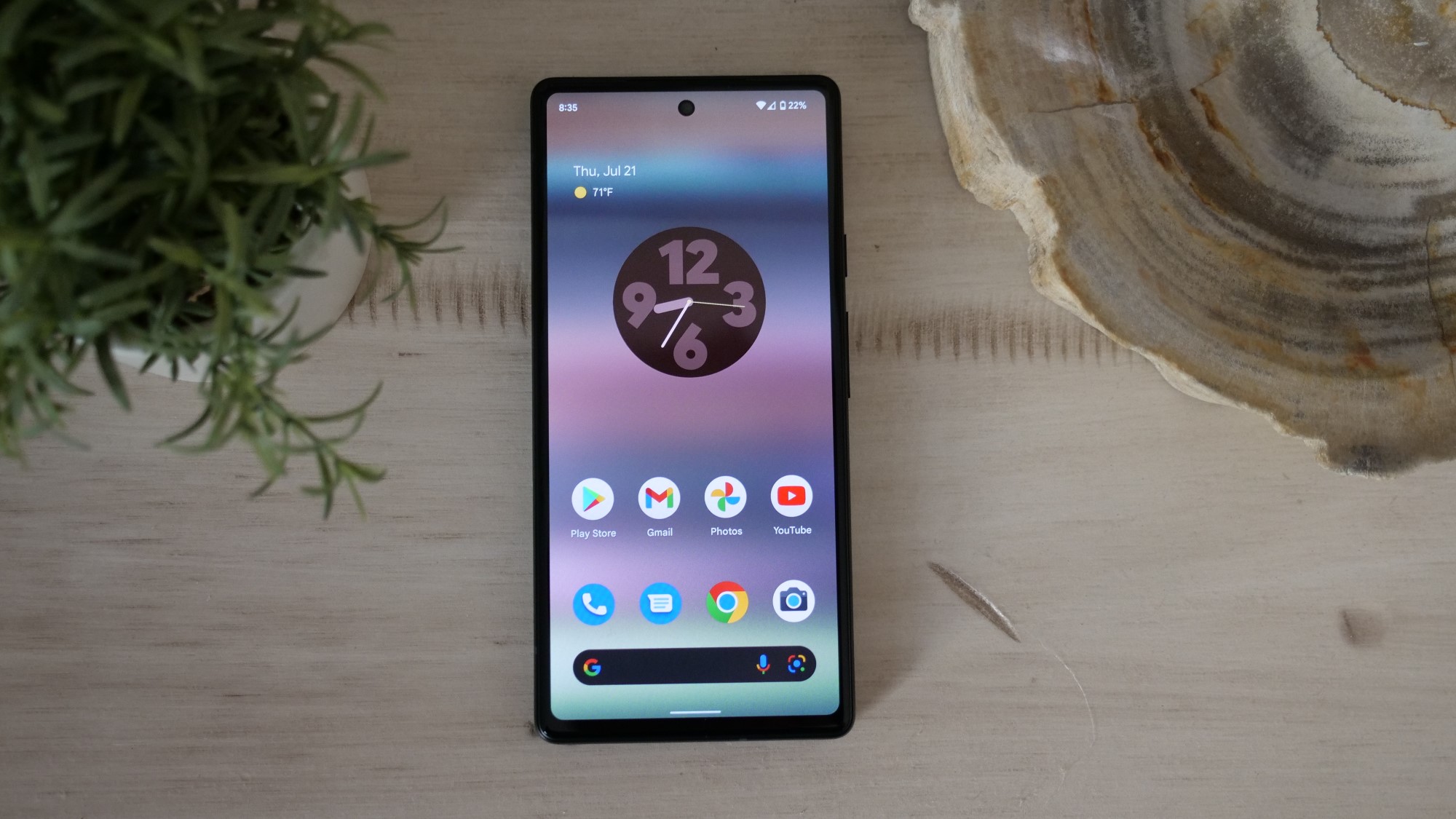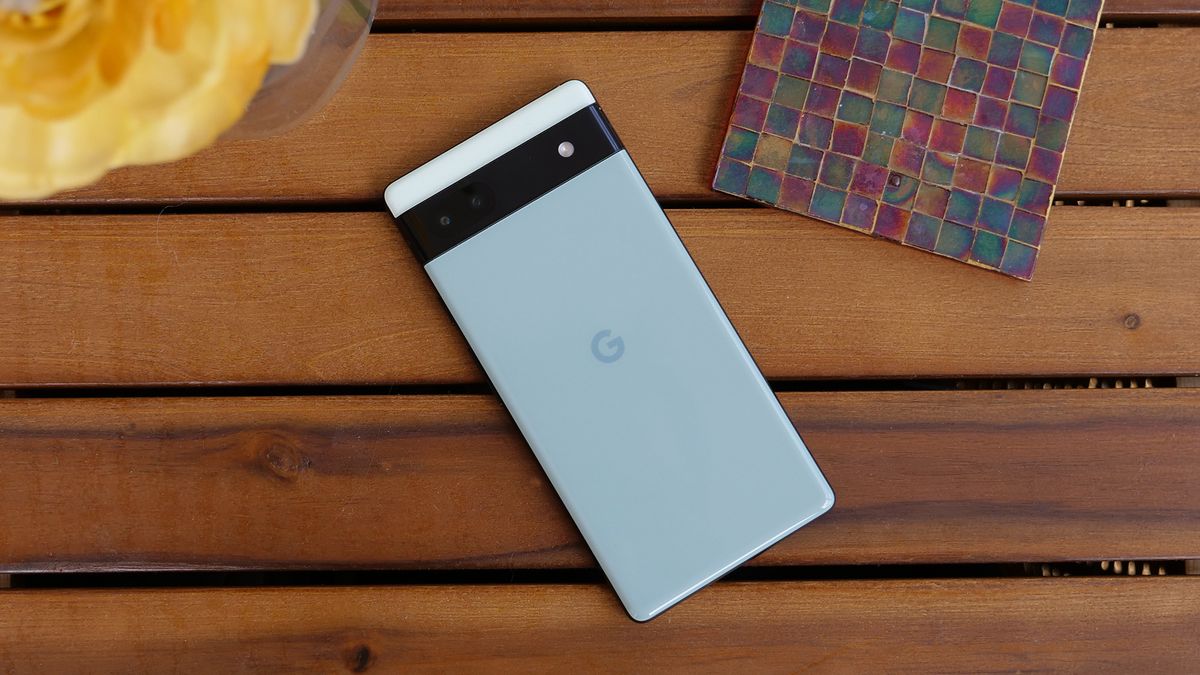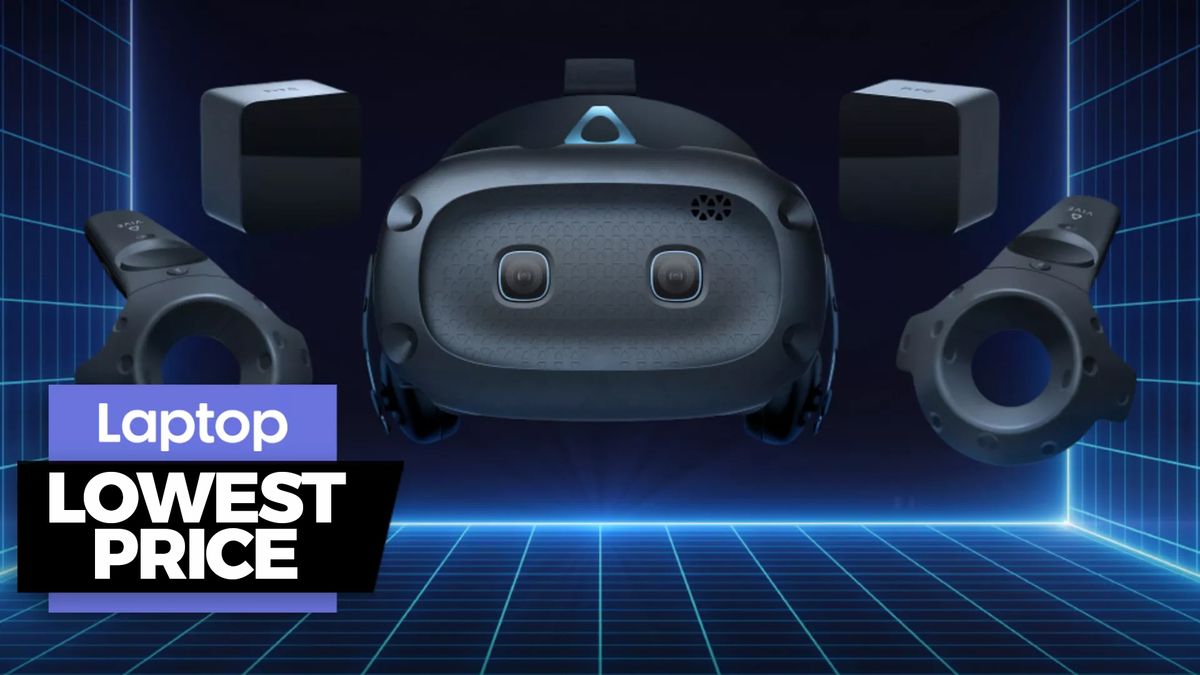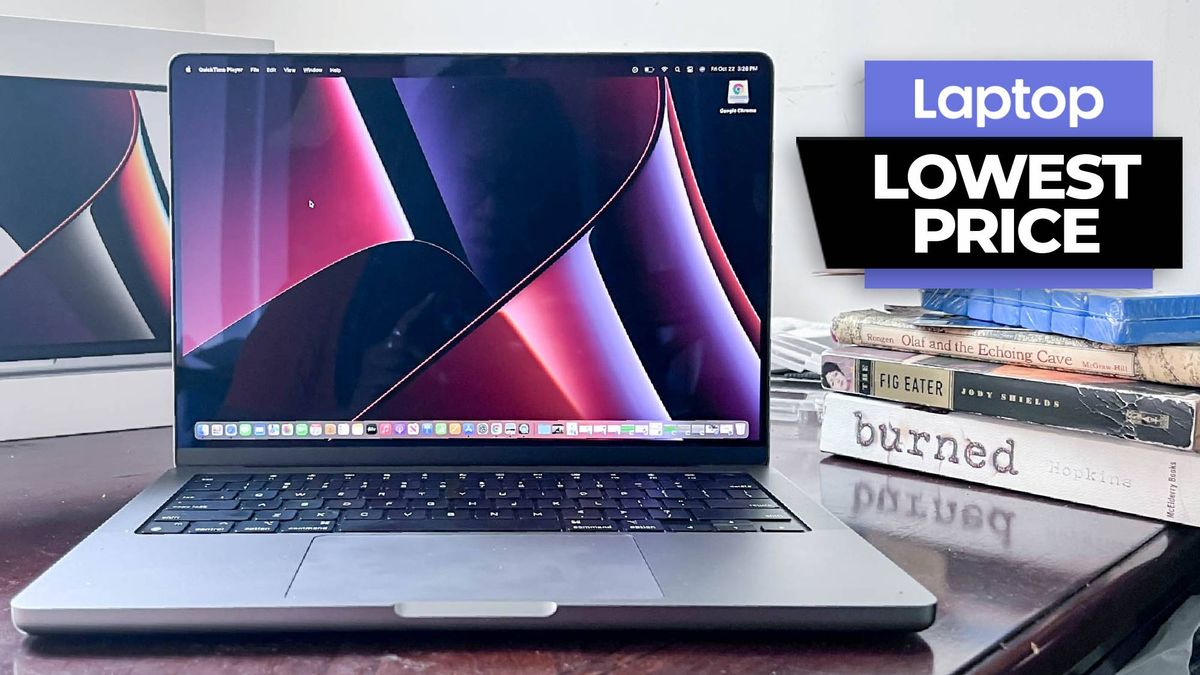Putting together a capable mid-range phone is easier said than done. For an entry-level phone, the focus is solely on covering the essentials, while high-end flagships have carte blanche to offer just about every possible feature. Mid-range phones, however, demand an intricate balance between these two extremes. They’re not cheap enough to get away with any major compromises, nor do they have the luxury to include all high-end specs. Each phone maker follows a different playbook to combat this conundrum, but the phone I’ve been using for the past two weeks may have cracked the code perfectly: Google’s Pixel 6a.
The new Google Pixel 6a is a high-end phone in every way but its price. When I first picked it up, I was taken aback by its refined experience and build quality. It was nearly impossible to tell it’s half the cost of premium flagship smartphones. And at a starting price of $449, it’s an exceptionally good value and hard to fault. The reason why Google’s accomplished this feat is because of how it approached its latest mid-range phone.
For its best-selling A-series phones, Google worked from the ground up to keep the costs down and focus on replicating the signature Pixel experience with a slower Qualcomm chip. Previous A-series phones, therefore, have often felt and looked like a far cry from their superior, more expensive siblings because other than the smooth performance and camera software, they lagged behind in pretty much every regard. The Pixel 6a, on the other hand, is nearly indistinguishable from the Pixel 6 and that’s thanks to Google’s new in-house silicon, Tensor.
Tensor affords Google the freedom to offer consistent performance throughout all price segments and channel its resources into elevating other aspects of the phone. Most importantly, Tensor allows Google to work backward from its higher-end Pixel 6 and compromise on a few supplementary and cosmetic features to bring down the price while nailing the essentials. And that’s why the Pixel 6a can go toe-to-toe with the Pixel 6.
The only areas Google has cut corners on are the ones most buyers in the sub-$500 category don’t care about or those that don’t matter in day-to-day use. The Pixel 6’s glass back, for example, makes way for a high-quality plastic back. However, to retain that same look and visor-like camera strip on the rear, the plastic has a glass-like texture and finish, which surprisingly feels pleasant to hold and not at all fake or cheap. Similarly, wireless charging has been dropped, but it does feature an enormous 4,410mAh battery (Pixel 6 has 4600mAh) with 18W fast charging that can last two days even with heavy use.
The Pixel 6 also gets that stunning, always-on, and incredibly bright edge-to-edge screen on the front. It’s 0.3-inches smaller, but has the same Full HD resolution. It lacks the higher 90Hz refresh rate, although reports suggest it is supported and a software update may be all it could take for Google to activate it.

One major trade-off with the Pixel 6a is its older generation camera. But since most of the Pixel’s photography prowess relies on software, that’s hardly a dealbreaker, and the 6a shoots detailed and sharp photos both in daylight and at night. As a Pixel 6 owner, I can tell you there’s little to set the 6a’s cameras apart from Google’s flagship unless you put them side-by-side. More importantly, it’s compatible with nearly all the intelligent software tools, such as Camouflage and Night Sight.
Of course, at the center of Google’s mid-range home run is the custom-built Tensor chip, which is expected to ensure smooth performance and software updates for years to come. For years, Google has made mid-range phones. Now it’s made a more affordable flagship. All of which manifests into frustrating evidence of how far behind Apple’s mid-range option, the iPhone SE is despite being years ahead in silicon design.
For its mid-range phone, Apple’s strategy is recycling outdated modules to lower the cost and then adding a few modern abilities on top like wireless charging. The iPhone SE has a half-a-decade old design, a single average camera on the back, and a tiny 4.7-inch screen. Given what Google’s accomplished after shifting to in-house chips, the $429 iPhone SE is inexcusable.

The Pixel 6a also has a leg-up over what Samsung does with its mid-range line, such as the Galaxy A53 5G. It tries to exclusively offer a couple of top-end features like a 120Hz refresh rate in its price segment. However, in doing so, it not only compromises practical core components, such as a slow Qualcomm processor, but also settles with poor-quality and superficial extras like depth and macro camera lenses, that only to fill up a specs list.
The Pixel 6a is the mid-range phone to beat and more often than not, you can easily find it on sale for $400. The debut chapter of Google’s Tensor journey has proven, despite a series of flops, there’s still hope for the Pixel lineup especially given the $400-$600 price band is forecasted to grow the fastest. And along the way, it may even end up forcing it competitors, which have been slacking, to up their game.








